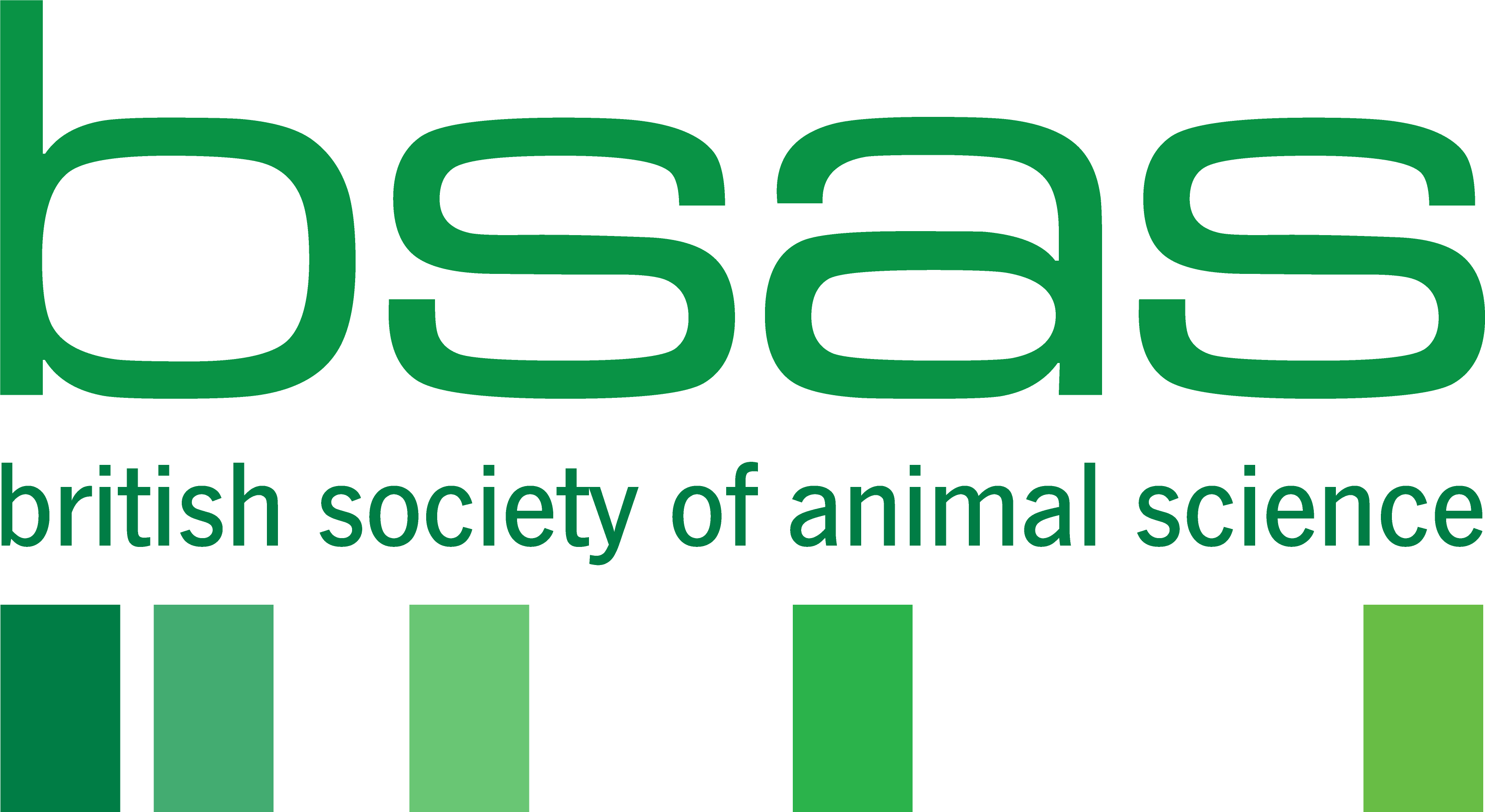A systematic review of pain assessment methods in cattle.
By George Peart
Take home message: There is no gold standard of pain assessment in cattle. Behavioural responses to pain tend to be the preferred indicator of pain.
Pain has evolved to motivate an animal to withdraw from a dangerous and damaging situation, to allow healing and to prevent being caught in a similar situation in the future. The main causes of pain in cattle are common management practices e.g. castration and disbudding and injuries from other cows, inflammatory diseases and parturition. Animals need and deserve to have their pain managed and alleviated, and it is the legal responsibility of those looking after them to do so. Pain assessment is therefore crucial. Pain assessment methods can be used in both a clinical and research setting. The two main categories of pain assessment are physiological and behavioural indicators. Physiological indicators include the measurement of biomarkers to determine the presence of pain; biological indicators are the animal’s, sometimes subtle, responses to noxious stimuli. An ideal indicator of pain would be valid and specific to pain, reliable and sensitive.
This study collated data from 187 papers published in the last 20 years which utilise pain assessment methods in cattle in order to determine which indicators are more ideal. A total of 591 indicators of pain were identified of which 285 were physiological and 306 were behavioural. Acute pain was assessed more frequently than chronic pain and overall more papers assessed pain in calves than in adult cows. There were limitations in that not all papers looking at pain assessment in cattle were included in the study as a result of access limitations or not appearing in the search
Blood cortisol levels was the most commonly used physiological indicator. Cortisol is released by the hypothalamus-pituitary-adrenal (HPA) axis. Cortisol is the body’s main stress hormone and is a widely used method of assessing pain as the duration and magnitude of the response usually aligns with the predicted noxiousness of a procedure. However it is difficult to distinguish if raised cortisol is a result of a painful stimuli or in response to another stressor e.g. handling, activity. Therefore additional pain indicators such as behavioural responses should be used in conjunction.
Posture, assessed predominantly by lying behaviour, was the most commonly used behavioural indicator. Lying behaviour can be assessed by observations or accelerometers but can be affected but can be affected by many variables such as age, cow comfort and temperature. Gait was the second most commonly used behavioural indicator subjectively measured by assessing locomotion and weight distribution in a numeric scale.
A clear theme with all physiological indicator of pain was that they are first and foremost indicators of bodily function and stress, so may not solely indicate pain. Pain has evolved to illicit a behavioural response to noxious stimuli and so behavioural measures may be closer to a ‘gold-standard’ in cattle, however there are still limitations such as interobserver subjectivity. The purpose of the study and the cause of pain being assessed ultimately determines what indicator is most ideal. Overall there is no pain indicator that can be considered ‘gold standard’ in the way verbal communication is in humans, and indicators should be chosen on a case-by-case basis.
This study was undertaken by Emily Pickup, SRUC.
